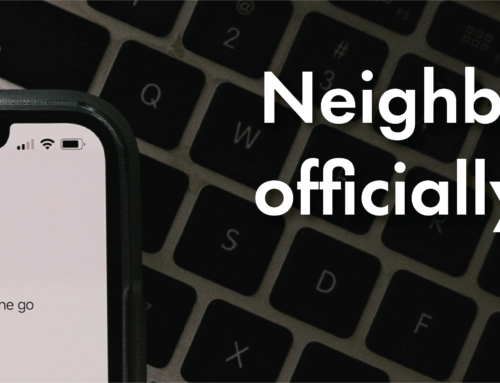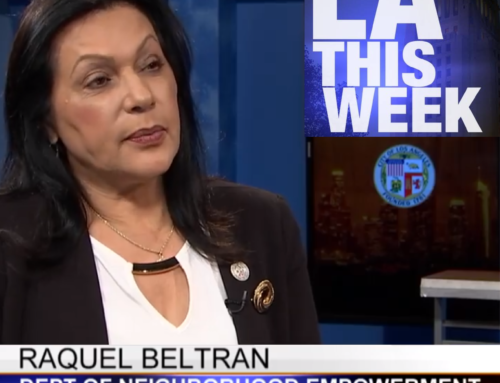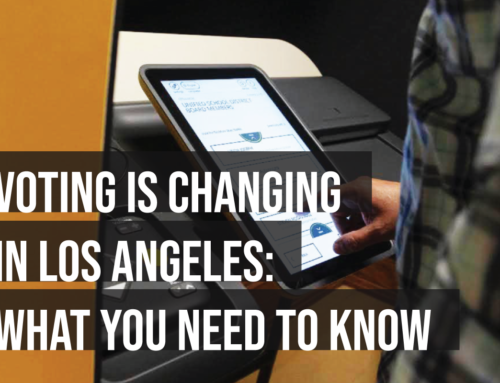Mayor Garcetti has been working to solve the homelessness crisis in Los Angeles since he began volunteering on Skid Row when he was 14.
Before he entered office, there was a significant lack of coordination between the government, providers, and private and public sectors in addressing homelessness. While each individual institution independently invested in homelessness strategies, efforts to combat homelessness were splintered, and failed to deliver a coordinated, permanent impact.
Today, Los Angeles approaches homelessness with unprecedented collaboration between the County, City, and non-profit partners. In February 2016, The City and County passed historic plans to handle homelessness in a way that focuses on the Housing First model, so that people get connected to housing and services—and stay off the street for good.
Last year, we also raised the minimum wage in Los Angeles to $15/hr, and Mayor Garcetti’s administration established its goal to add 100,000 housing units by 2021. By working together on both short-term and long-term strategies to confront homelessness, Los Angeles is taking the opportunity to make real change a reality for those who need it most.
Los Angeles has housed more than 11,000 homeless individuals since January of 2014.
Of those housed, more than 5,700 have been veterans. In fact, Los Angeles has housed more homeless veterans than New Orleans, Salt Lake City, Phoenix and Houston combined..
Mayor Garcetti’s Homelessness Strategy
Mayor Garcetti devised three Pillars for a City homelessness strategy that included:
Housing people who were currently homeless by scaling up the Coordinated Entry System including more staff, more rapid rehousing subsidies and more permanent supportive housing. The Coordinated Entry System (CES) quickly and efficiently matches people to available housing resources and services by stitching existing programs together into a no-wrong-door system, connecting homeless adults to the best resources for them.
- CES allows us to know our veterans are regardless of which provider they visit and generate a by-name registry to track housing placements, so that we can assess their housing and health needs and then prioritize them for available housing and services.
- Preventing people at-risk of homelessness from becoming homeless by producing and preserving affordable housing, by increasing incomes (such as through an increased minimum wage) and by improving transitions from high-risk institutions like jails, hospitals, military and foster care.
- Vision for the street that balances the need for health and safety on the street with the rights and needs of the people forced to live on them and a “No Wrong Door” approach whereby any City staff interaction with a homeless person would connect that person to the Coordinated Entry System.






